A neighbourhood looks forward and back
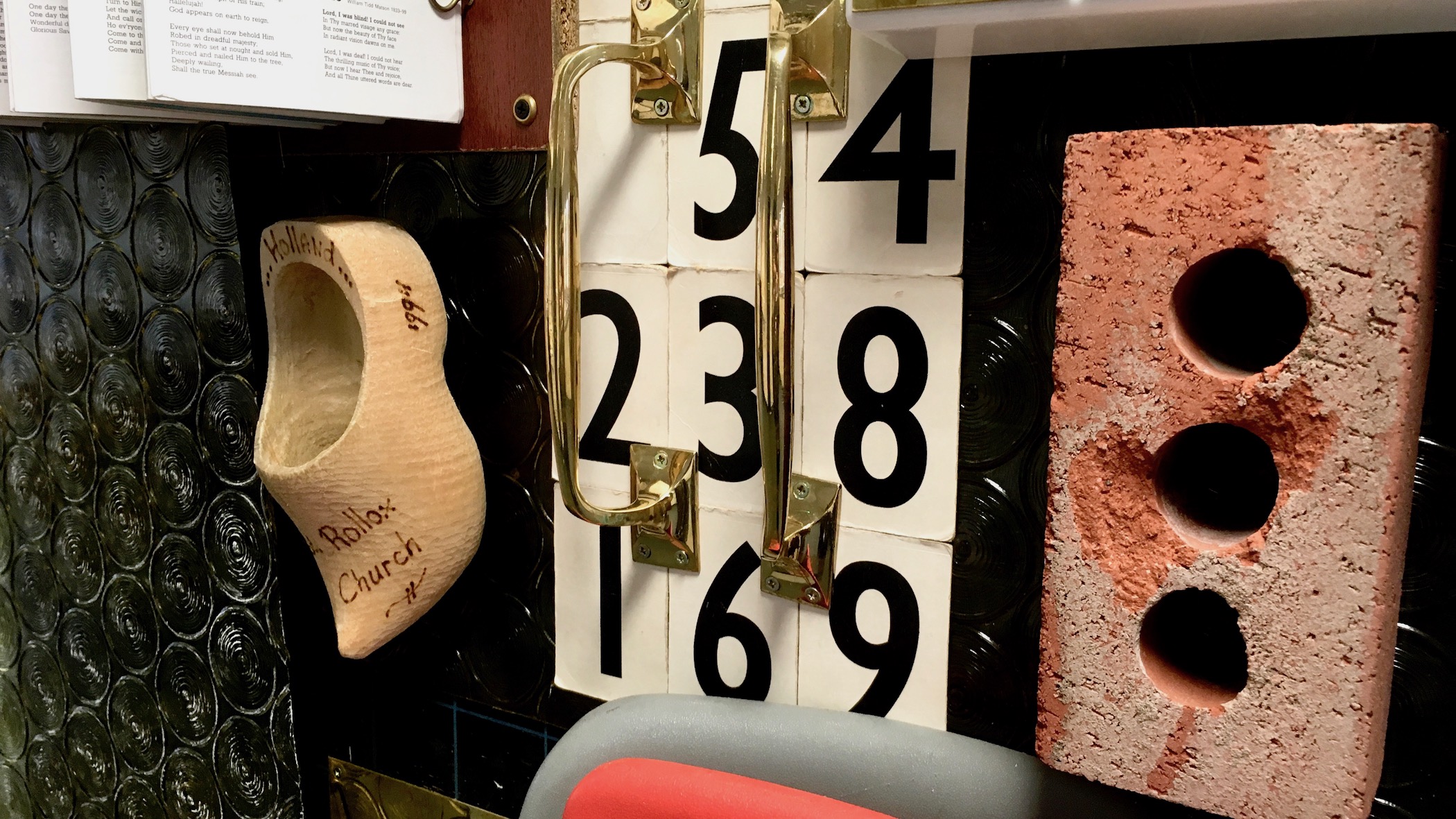
Last week I visited the St Rollox Diptych an art installation by Gardner and Gardner, who are dear friends of Sanctuary First. Peter and Heidi are artists with a pioneer art ministry in Glasgow. They have created a number of engaging, disarming and thought-provoking installations, often collaborating with local communities and using church buildings to create interactive or participative pieces. Their Peacemakers' Loom, a giant collaborative knitting project, featured on a podcast and a short video we made.
The St Rollox Diptych was an ‘assemblage’ made of found objects recovered from the old St Rollox church building the day before it was demolished. The installation was held in a temporary space that the church are using while they wait for their new building to be built. Various items such as hymn books, keys, chairs, coat hooks and a clog were assembled into a diptych, a two sided piece, with one half representing the past and the other the future. The past: a series of engagingly juxtaposed items recalling the old space. The future: a repeating phrase from Psalm 127 semi-obscured by folded blinds: ‘Unless the Lord builds the house, the builders labour in vain.’
Taking it in, walking around the old Sunday School blackboard adorned with memories and hopes, was a touching, bittersweet experience. A snapshot of a community looking back, but also letting go. Our theme this month at Sanctuary First, In The Neighbourhood, invites us to reflect on how our personal relationship with God relates to the local communities we live in. How can we see both God and our neighbourhoods with fresh eyes? Where is God calling us to look? To listen? To move forward? To let go? Here I was, looking at a community going through such a time of reflection.
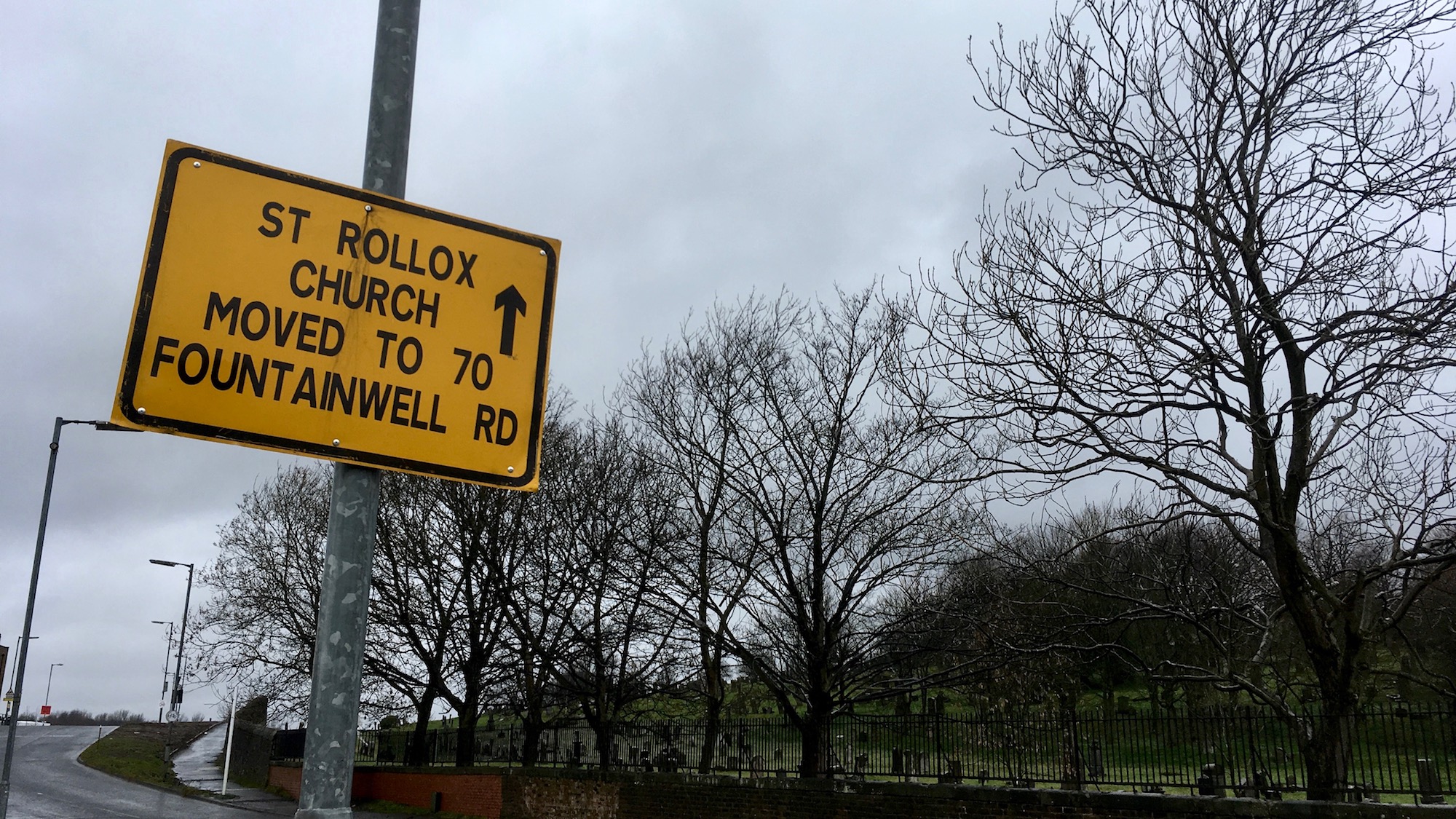 The St Rollox Diptych is a freeze-frame of a community in transition. The old church has gone and the new one is yet to be built. The entire neighbourhood is transforming dramatically with old flats being demolished to make way for new, lower density community housing. The congregation find themselves on the threshold of the future, looking over what has been and towards what is to come, needing to trust God and one another. They have to take what they have learned in one context and adapt it to serve a newly reformed neighbourhood.
The St Rollox Diptych is a freeze-frame of a community in transition. The old church has gone and the new one is yet to be built. The entire neighbourhood is transforming dramatically with old flats being demolished to make way for new, lower density community housing. The congregation find themselves on the threshold of the future, looking over what has been and towards what is to come, needing to trust God and one another. They have to take what they have learned in one context and adapt it to serve a newly reformed neighbourhood.
Gardner and Gardner have harnessed the power of art to give this community a unique opportunity to celebrate and remember what has been, and hope for what might be. The piece takes a sideways, intimate look at what can be an overwhelming process. Sudden changes in a neighbourhood, even when they’re good for us, can be difficult to experience, stirring up feelings of trauma and loss. It is hard to relate to the scale of dramatic change - the pavement being pulled from under us.
The diptych, made of well worn and half-remembered objects, creates a space for a playful, personal and pro-active experience - inviting the viewer to respond with their own interpretations. For those familiar with the old building these familiar pieces trigger old stories. For visitors it stimulates the imagination. Who walked on those tiles? Who thumbed those pages? Who turned those keys? What were they doing? What where they thinking? Where were they going?
The installation highlights a particular community in transition, but it also underscored for me that all neighbourhoods are in a state of flux. Bit by bit, piece by piece our streets and buildings change - sometimes incrementally and sometimes in dramatic bursts but always and inevitably. From the big metropolis to the sleepy hamlet - all communities are continually changing as that’s the nature of any living thing. Decay and rebirth is integral to life - in villages as well as fields, towns as well as forests, cities as well as oceans. Our lives aren’t static straightforward things - why should our neighbourhoods be? Yet it can be discomforting to realise. Just as we age and our habits and tastes change - so our built environments develop and evolve.
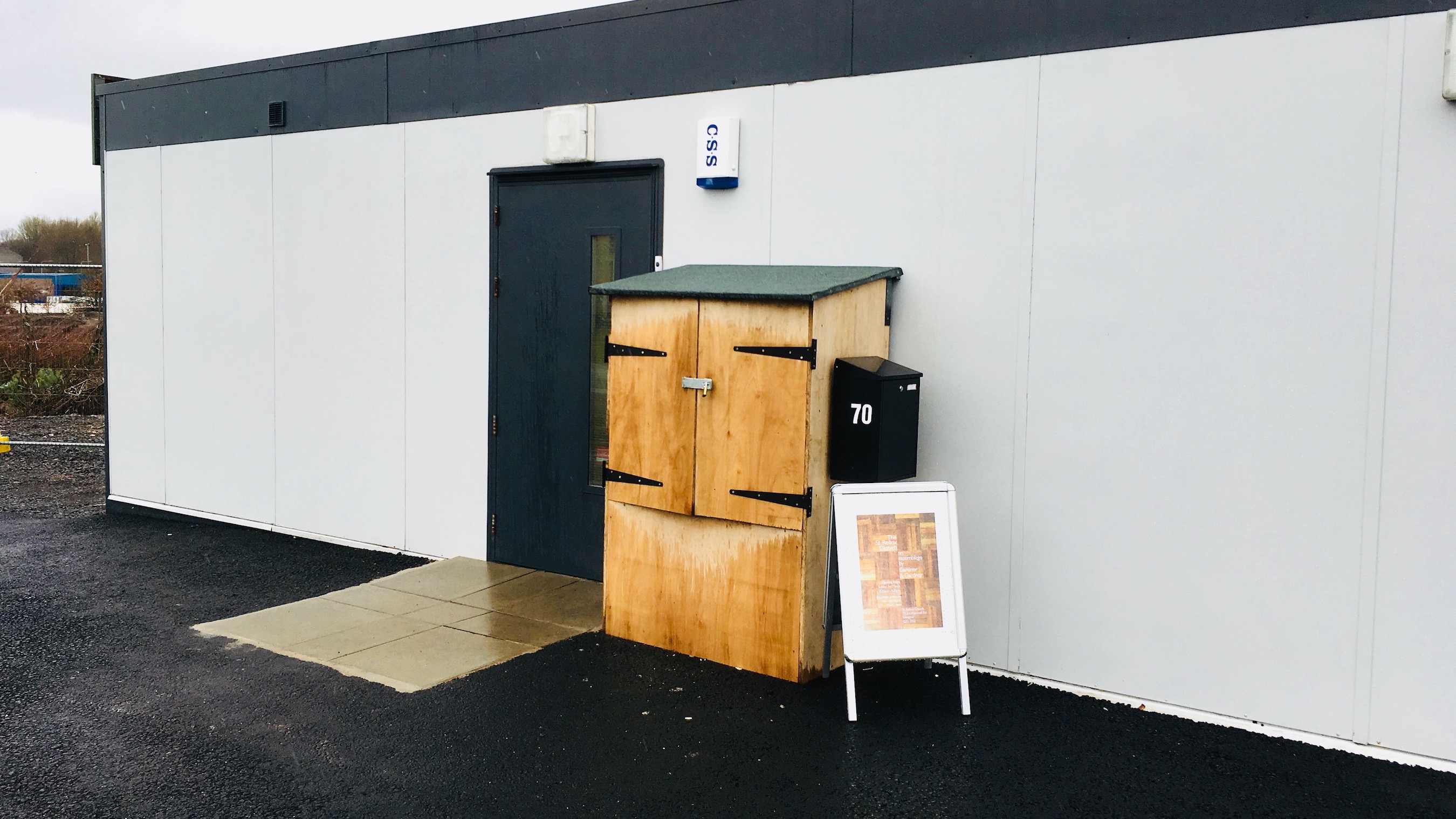 It can be a strangely difficult and alienating experience to revisit somewhere you used to live and discover how much it has changed. Somehow - despite how the years have changed us - we expect our old neighbourhoods to remain unchanged, fixed in time, or perhaps fixed to our memories of them. As we get older and see things differently so our memories settle into new shapes and we want the real world to keep up with our recollections. We want to make the past, and the present, conform to the story we have got used to telling. So for me, the St Rollox Diptych didn’t only show me a particular community in transition - it reminded me that all communities are in transition.
It can be a strangely difficult and alienating experience to revisit somewhere you used to live and discover how much it has changed. Somehow - despite how the years have changed us - we expect our old neighbourhoods to remain unchanged, fixed in time, or perhaps fixed to our memories of them. As we get older and see things differently so our memories settle into new shapes and we want the real world to keep up with our recollections. We want to make the past, and the present, conform to the story we have got used to telling. So for me, the St Rollox Diptych didn’t only show me a particular community in transition - it reminded me that all communities are in transition.
While big changes grab our attention it can be harder to notice the gradual changes in a neighbourhood where we have stayed a long time. Sometimes it is not until we look at old photographs or catch up with a friend we have not seen for years - that memories are unlocked and we realise how much has changed. Sometimes we fear change because it seems to be a departure from the normal - but change is the normal state of things - all things that are truly alive must change and adapt and grow. Even to stay in the same place on a shifting earth requires continual rebalance and adjustment.
We know well that our lives aren’t static, that they are subject to dramatic ups and downs. This Lent at Sanctuary First, as we take the time to reflect, we want to grow in our understanding that our communities and our God aren’t static either. God is constant but that’s different to static. Something that is frozen and inert cannot give or sustain life. God is constant, timeless, loving, full of grace - and working at an unimaginable scale. No God isn’t static - God is on the move. In our neighbourhood.
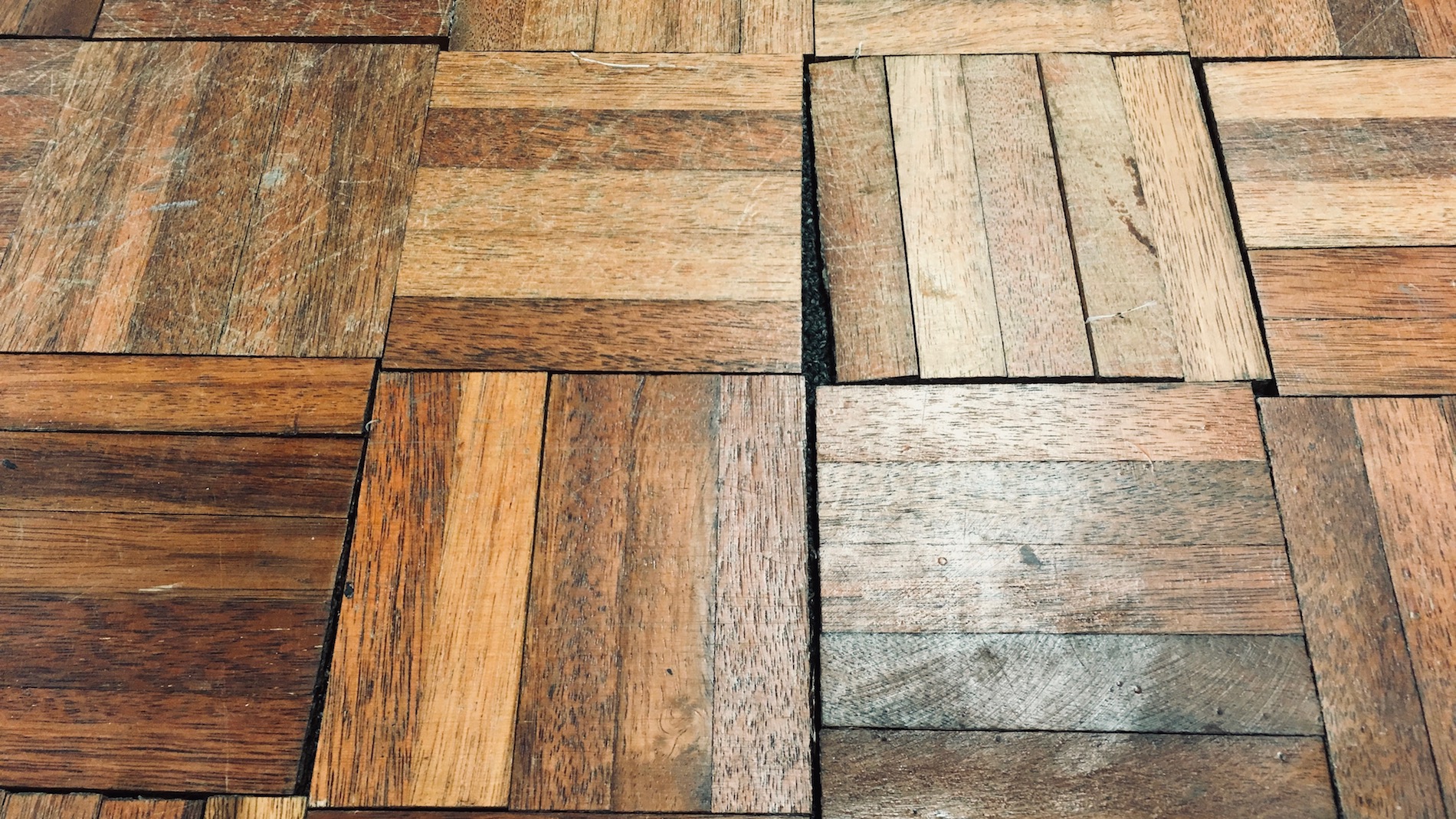 The accompanying text that goes with Gardner and Gardner’s diptych mentioned how the artwork "highlights the fragmentary nature of memory”. All the objects that make up the piece are things touched and used by the congregation, often unthinkingly. They offer a partial picture, an impression based on a number of disparate details open to interpretation - just like memory. I took from this the idea that sometimes to remember well we have to remember together - to gather the pieces that have stayed with us into something new. Gardner and Gardner made this process literal - actually physically putting together ordinary objects that speak of specific moments of welcome, celebration and community.
The accompanying text that goes with Gardner and Gardner’s diptych mentioned how the artwork "highlights the fragmentary nature of memory”. All the objects that make up the piece are things touched and used by the congregation, often unthinkingly. They offer a partial picture, an impression based on a number of disparate details open to interpretation - just like memory. I took from this the idea that sometimes to remember well we have to remember together - to gather the pieces that have stayed with us into something new. Gardner and Gardner made this process literal - actually physically putting together ordinary objects that speak of specific moments of welcome, celebration and community.
There’s something about noticing and cherishing the little things that allows us to let go. While it is often good and necessary ‘to move on’ it is also healthy to look back, to celebrate what has been, before taking our next step forward. Lent is a good time of year to let go of what we should let go of and hold on to what we should take hold of.
Sometimes humans have a sad history of keeping the stuff but forgetting the stories, when sometimes we need to let go of the stuff in order to continue the story. Stories may seem delicate and transient things - much less solid than a door handle or a blackboard. But a story, and the ripples that radiate out from it, will last much longer than a door handle. The objects that make up the diptych, that form the buildings we use, will eventually change and become something else - even if they stay in place they will subtly change into a new form - they can’t be frozen in time. But what we did here - how we did it and with whom - that resonates into God’s vast love for us, into eternity.
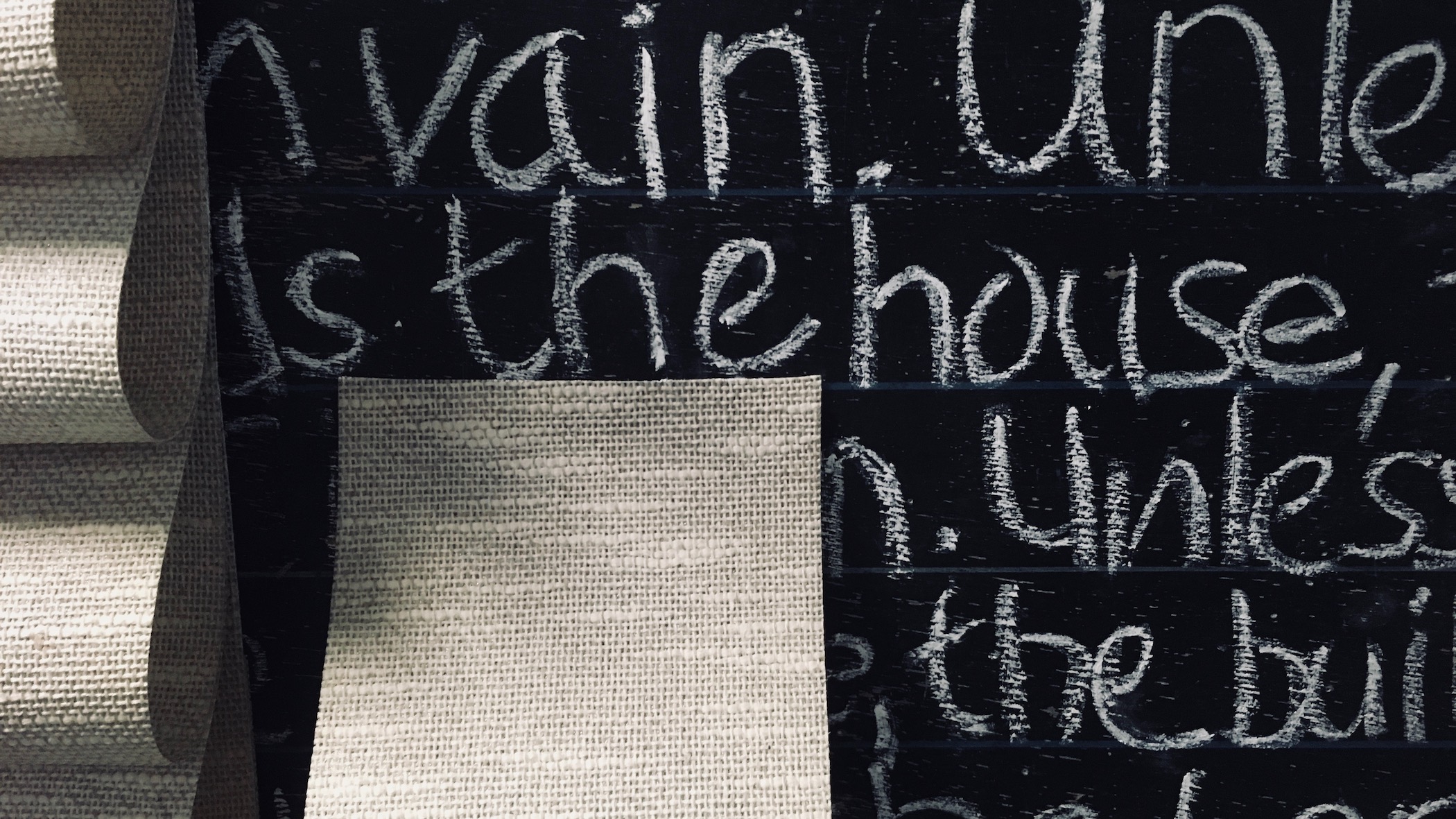 While enjoying a cup of (surprisingly, but pleasantly, meaty) fennel tea Peter told me how it had been rewarding working with the church celebrating the community’s legacy of welcome and openness, “The building was probably worn out inside, so much good had been done.” He explained that the assemblage was made of 22 retrieved objects, “Things like the doormat that everybody had walked on. Anyone who had been welcomed into the building, anyone from the neighbourhood who had come in. A lot of refugees and asylum seekers and folk from other countries - their first experience of welcome in Glasgow was welcome here. So we wanted to find pieces that enabled people to reflect on that and to say 'thank you' for it, looking back.”
While enjoying a cup of (surprisingly, but pleasantly, meaty) fennel tea Peter told me how it had been rewarding working with the church celebrating the community’s legacy of welcome and openness, “The building was probably worn out inside, so much good had been done.” He explained that the assemblage was made of 22 retrieved objects, “Things like the doormat that everybody had walked on. Anyone who had been welcomed into the building, anyone from the neighbourhood who had come in. A lot of refugees and asylum seekers and folk from other countries - their first experience of welcome in Glasgow was welcome here. So we wanted to find pieces that enabled people to reflect on that and to say 'thank you' for it, looking back.”
Reflecting on the experience Peter said, “It’s been amazing being here through the week, people have been wandering in from the community and the neighbourhood round about, and the congregation have been coming in, there’s been visitors all throughout the week.” He went on, “Just listening to the different voices - you realise this is a group of people who have enabled so much conversation and so much encounter to happen. Yeah, new neighbourhood - new church, but same level of care and commitment which is great to see."
As we continue through Lent to reflect on our neighbourhoods let’s be inspired to notice the little things, the passing moments, the everyday objects, the wonders that make up our shared life with our neighbours. Not so that we can live in the past but in order to appreciate the story, to see where we have come from and where we are going. Let’s help one another to appreciate that some things are transient, only with us for a season, while other things - the conversations, the encounters, the love of God, are our constant companions. Looking back is not a barrier to moving forward - it is a key part of it.
James Cathcart
The first, fourth, and fifth image featured above are close ups of 'The St Rollox Diptych' an art installation by Gardner and Gardner.




 Add to Favourites
Add to Favourites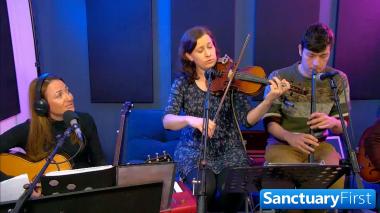
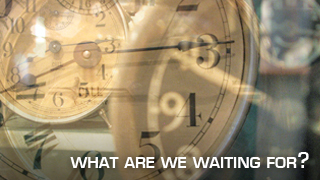
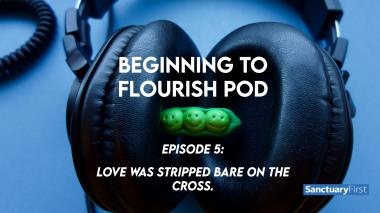


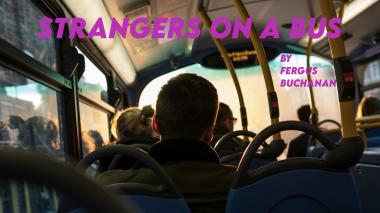
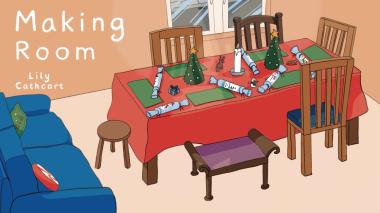
Login to comment.